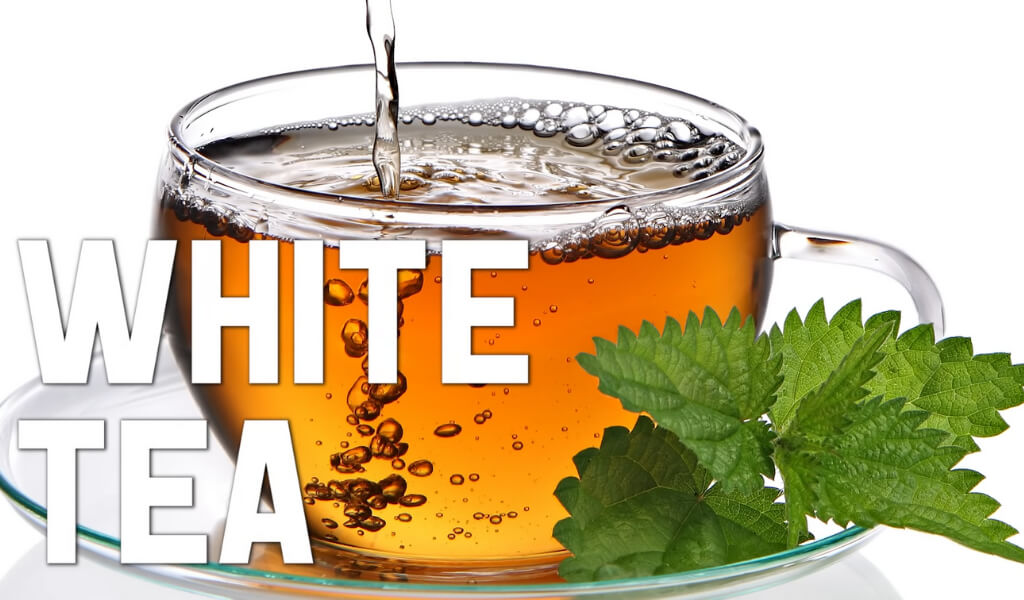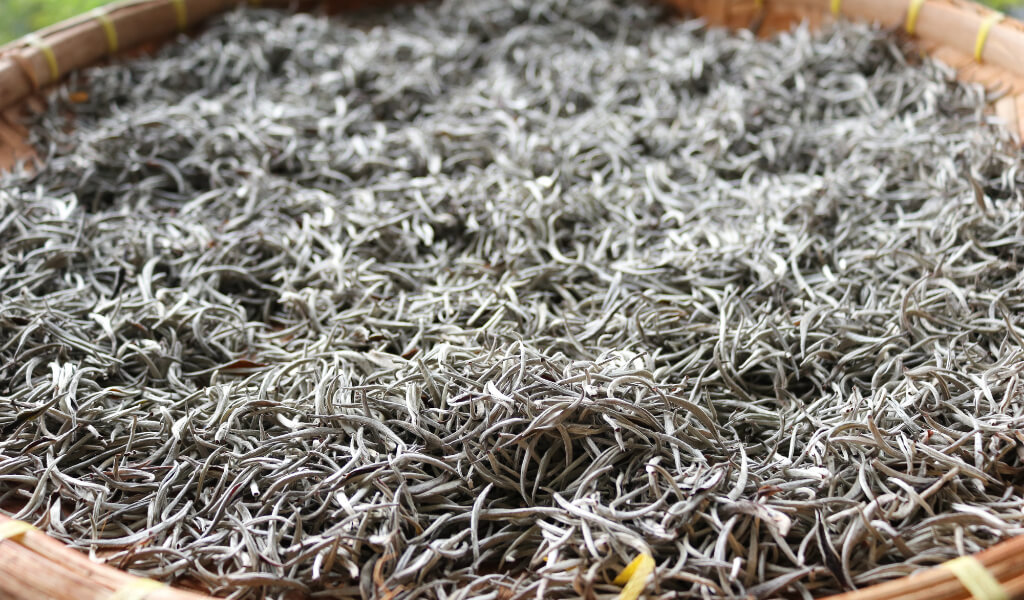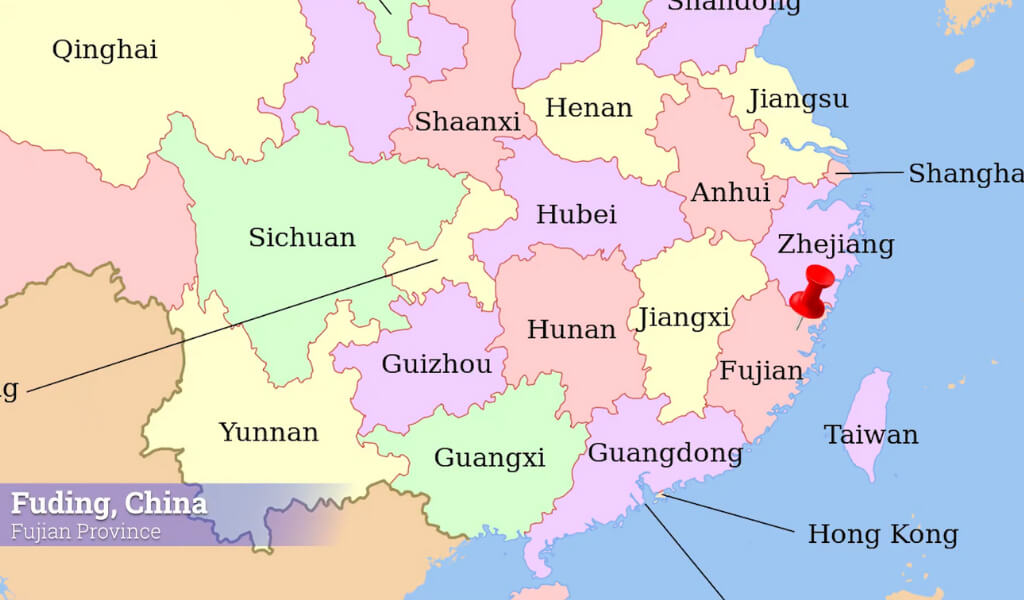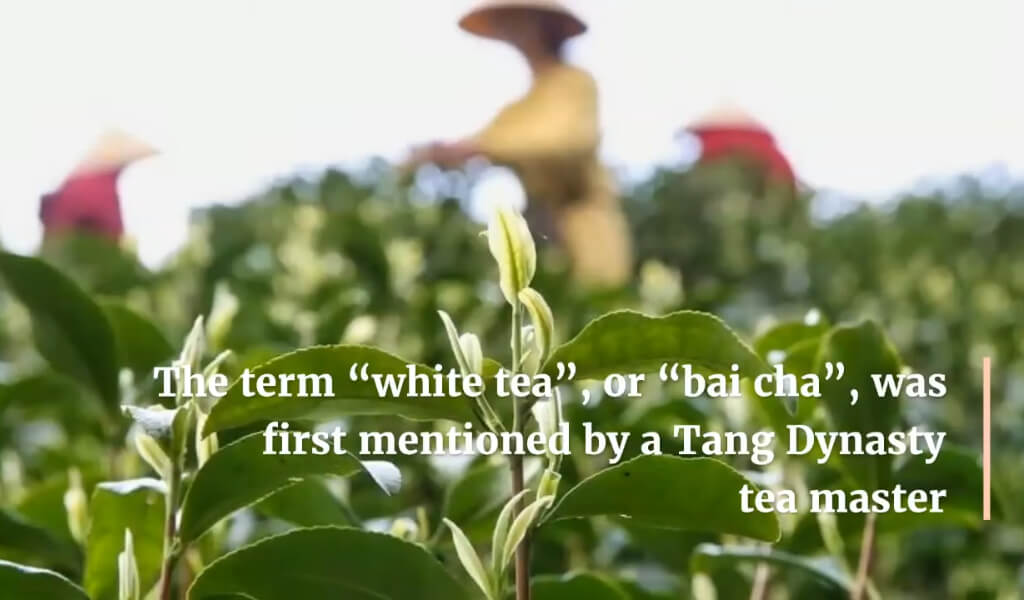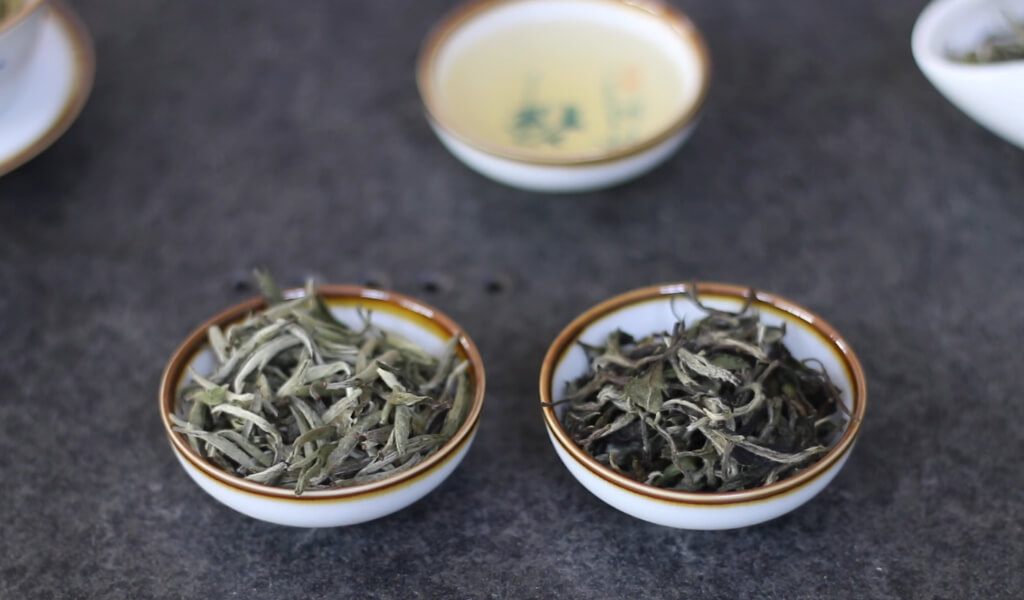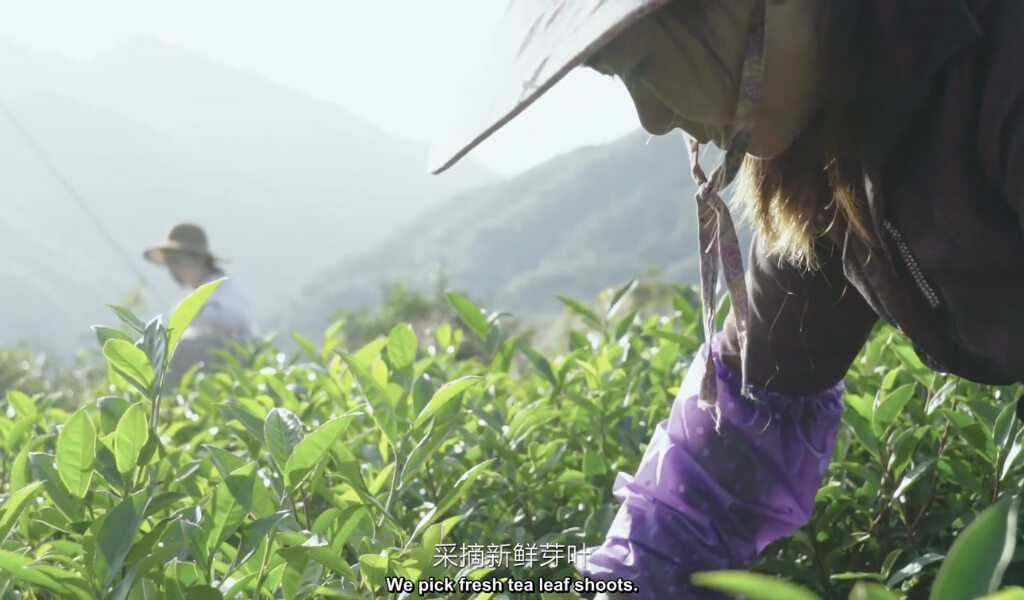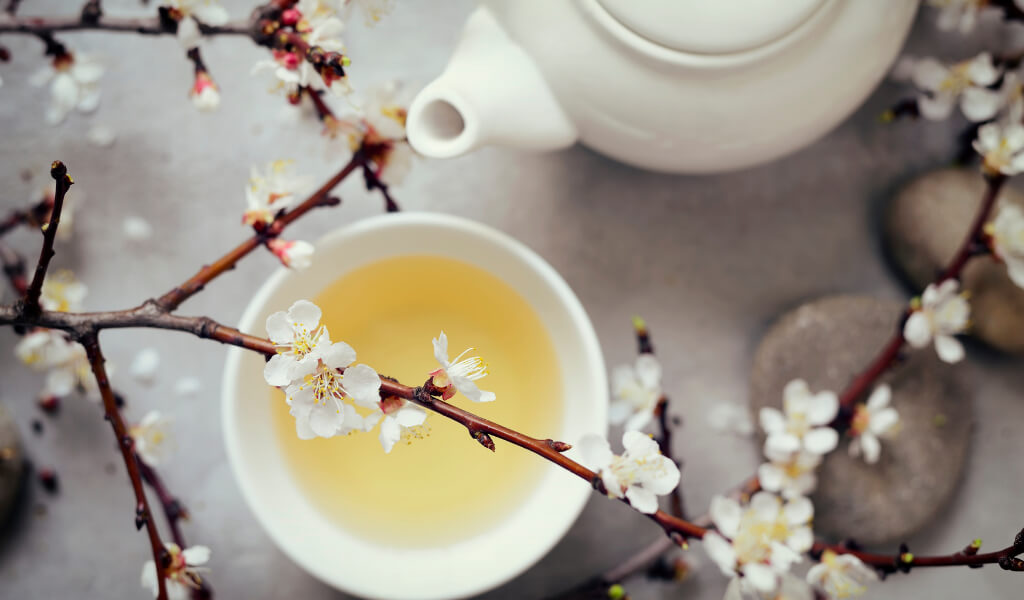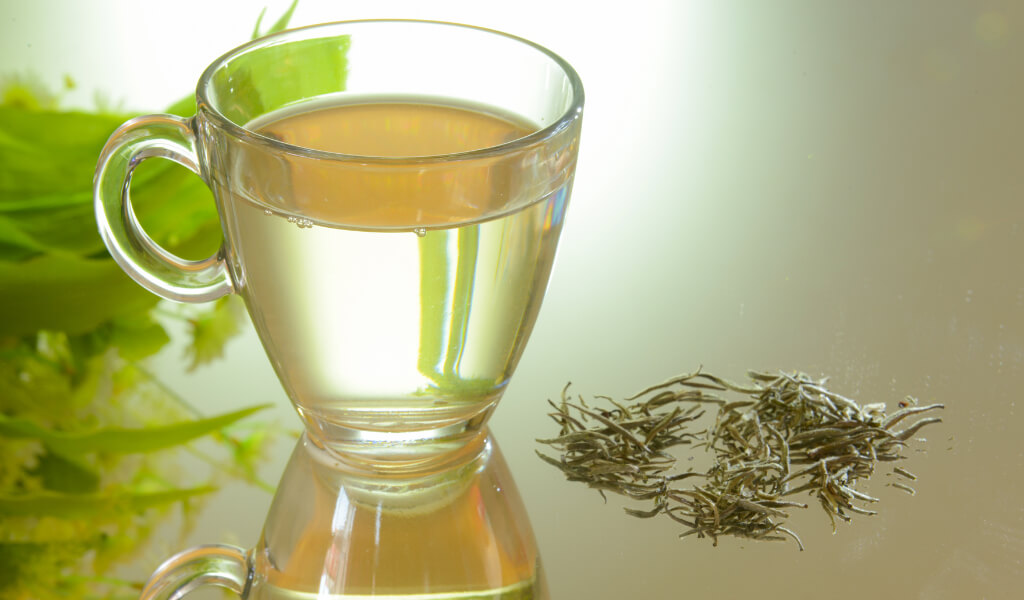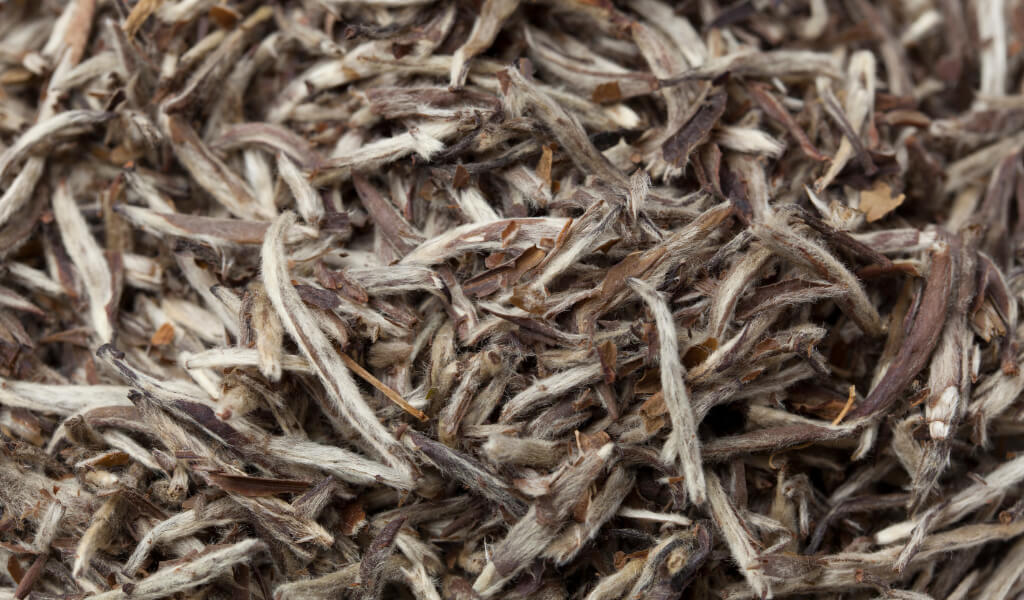“What is White Tea?” you might ask. I’m glad you’re here because I’m about to take you on a journey to discover this delicate and delicious beverage steeped in history and tradition.
White tea, unlike its more well-known cousins, Green and Black tea, is a subtle and sophisticated, unique variety.
Originating from the Fujian Province in China, this tea is cherished for its minimal processing, and the careful selection of the young tea leaves it involves.
As we delve deeper into the world of White tea, we’ll explore its rich history, the intricate process of making it, and the delightful nuances in its flavor profile.
So, buckle up and join me as we embark on this fascinating voyage into the world of White tea!
Quotes of tea with You
“Tea is a part of daily life. It is as simple as eating when hungry and drinking when thirsty.” – Yamamoto Soshun
What is White Tea?
White tea (Scholars Tea) is a unique and delicate beverage made from young or minimally processed leaves of the the Camellia sinensis plant. White tea is known for its delicate flavor, light color, and subtle, natural sweetness. It is one of the least processed types of tea, which contributes to its unique characteristics.
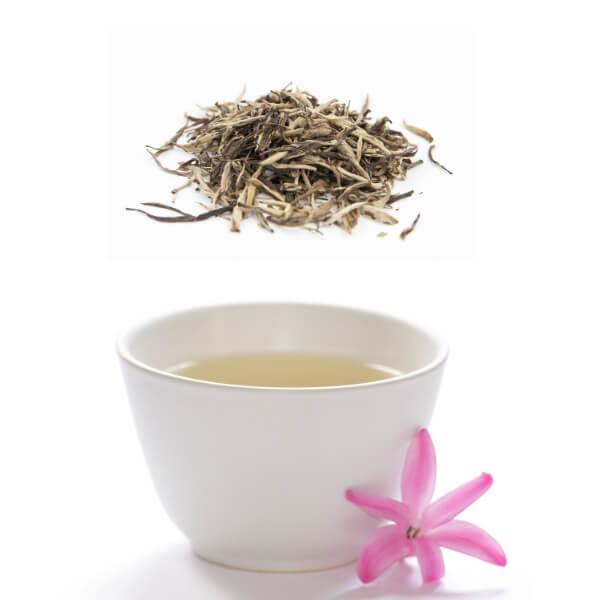
Why is it called “White Tea”
The name “white tea” is derived from the fine silvery-white hairs found on the unopened buds of the tea plant. These tiny hairs give the plant a whitish appearance, hence the name. It’s one of those charming details that, once you know, adds a whole new layer of appreciation for this delightful beverage.
Where does white tea come from?
White tea consists of fresh, young leaves and buds from the camellia sinensis plant and is exclusively collected for a short period every spring in Fujian, China. Harvesting typically occurs from mid-March to early April, specifically on dry days.
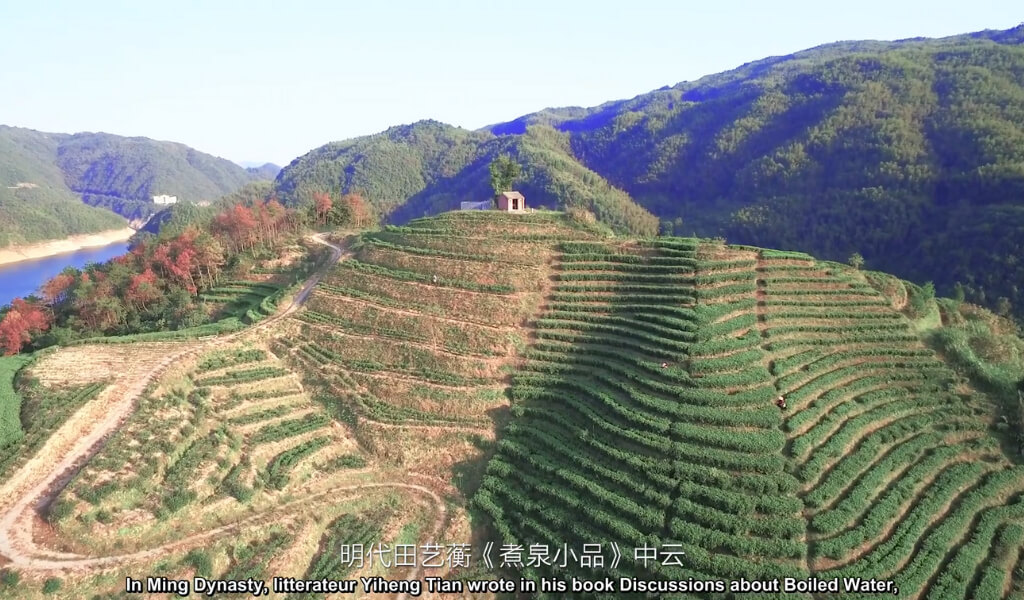
I find it fascinating that citizens were expected to pay a yearly tribute to the Emperors back then. And what form did this tribute take? You guessed it – tea! Not just any tea, mind you, but the rarest and finest teas. It was like a tea tax, if you will.
These tributes established imperial tea gardens, sometimes kept secret, where these special honoring teas were cultivated. These gardens grew the finest tea plants, and the youngest, most delicate buds were hand-picked for the tribute.
Poets of the time painted vivid images of these teas, describing them as being “white like the clouds, green like a dream, pure like snow, and as aromatic as an orchid.”
These early forms of tea tributes were the precursors to what we know today as white tea. But the white tea of those days was not quite the same as the white tea we’re familiar with now. Here’s an interesting fact: during the Song Dynasty, under the rule of Emperor Huizong (960 – 1297), the tea-making process was rather intricate.
Fresh buds were plucked in the spring, steamed, and carefully stripped of their outer leaf. They were then meticulously rinsed with spring water, allowed to air dry and ground into a silvery white powder.
This powder would be whisked into hot water to create the most exclusive tea in all of China, afforded only by the Emperor. The tea culture of those times was truly a testament to the significance of tea in Chinese history and society.
White tea types
Let me share a few of the most popular White Tea varieties you might come across:
| White Tea Variety | Origin | Characteristics |
| Bai Hao Yin Zhen | Fujian, China |
Silvery buds, downy hairs, original Chinese White Tea plant.
|
| Bai Mudan | Global |
Young leaves and buds, blends unfurled and young leaves.
|
| Monkey Picked White Tea | China |
High-quality buds and leaves, once harvested by trained monkeys.
|
| Darjeeling White Tea | Darjeeling, India |
Distinct flavor, native Darjeeling tea plants, similar process.
|
| Shoumei Tea | China |
Strong flavor, upper leaves and tips, naturally withered.
|
| White Hair Silver Needle | Fujian, China | Treasured, original Chinese white tea plant. |
| White Peony Tea | Global |
Silvery buds and young leaves, also known as Bai Mu Dan.
|
| Jasmine Silver Needle | Hubei, China | Jasmine scented, fruity and floral blend, silver glow. |
Bai Hao Yin Zhen
The Bai Hao Yin Zhen, or Silver Needle as it’s commonly known. The real deal originates from the Fujian province and is grown from the original Chinese White Tea plant. It’s characterized by large, full buds enveloped in white, downy hairs, giving the tea its silvery appearance.
Bai Mudan
Next up, we have the Bai Mudan, also known as White Peony. This newer White Tea variety is cultivated not just in China but across the globe. It can come from an original Chinese White Tea bush or another variety and typically blends buds with unfurled or barely opened young tea leaves.
Monkey Picked White Tea
Then we have the fascinating Monkey Picked White Tea. Legend has it that this tea was once harvested by monkeys trained by Buddhist monks from the tallest wild tea trees in China’s mountainous regions. Nowadays, “monkey-picked” is simply a term used to signify a super high-quality Chinese tea made from the buds and young leaves of the tea plant.
Darjeeling White Tea
Last but not least, we have Darjeeling White Tea. Unlike the others, this one isn’t grown from the original Chinese white tea plant but from tea plants native to India’s Darjeeling region. It’s processed similarly to the Fujian White Teas, but its flavor profile tends to be quite distinct.
Shoumei tea
Shoumei is a type of White Tea that’s something special. It’s made from the upper leaf and tips of the tea plant, which are naturally withered. This gives it a stronger flavor, like a light Oolong tea, enough for producing White Tea perfume.
White Hair Silver Needle Tea
Baihao Yinzhen, or White Hair Silver Needle, stands out among White Teas. This tea is a real treasure from Fujian Province, China, where it’s produced.
White Peony Tea
White Peony is a delightful variety of White Tea known by its traditional name, Bai Mu Dan. This unique tea is crafted from young tea leaves and silvery, unopened leaf buds.
Jasmine Silver Needle Tea
This truly luxurious White Tea is delicately scented with jasmine and hails from Hubei Province. Traditionally, this silver needle tea is created using only the bud of a large leaf variety and then enhanced by an additional step – a fragrant scent with organic jasmine White Tea flower. It’s easy to identify this tea by its silver glow and distinctive fluffy hair.
A distinctive combination of fruity and flowery tastes gives it a delicately delicious flavor.
What is White Tea made of
White tea is the least processed tea, deriving from the Camellia sinensis plant. It boasts a delicate flavor and is made by selecting the buds and leaves of the tea plant before they fully unfurl.
Making white tea is straightforward yet intricate, involving only two main steps: withering and drying. The leaves are allowed to wither under natural sunlight, then they’re dried using either air drying, solar drying, or mechanical drying. This minimal processing prevents oxidation, resulting in a tea that’s lighter in flavor than most green or Black teas.
White tea has a high concentration of polyphenols, a class of phytonutrients considered to be responsible for the health benefits of tea. The kind of tea plant, the method of growing, and the method of processing can all affect the precise concentrations of these healthy substances.
Uses
What is the best way to enjoy White Tea? Brew it fresh and sip it hot. Given its delicate flavor profile, it usually goes solo without adding sweeteners or milk. And trust me, it’s an absolute delight just how it is. Enjoying it alongside a light snack? That’s perfectly fine too. Whether taking a break in the morning or afternoon, savoring a cup of this beautifully subtle tea is a wonderful way to pause and appreciate the finer things in life.
Tasting
Like the Chinese Emperors and their ancient courtesans, we still cherish White Teas for their exquisite, subtle aromas and flavors. It’s special, as most White Teas are delicately handpicked and meticulously processed. Every sip you take is a testament to the artisanal craft that goes into creating these teas.
The caffeine content
People often say that White Tea tends to have less caffeine than its green or black counterparts. This seems to hold especially for the original Fujian White Tea plant from China, which has been found to contain lesser caffeine than other tea varieties. However, it could be more complex across the board.
Read More: What is pu-erh tea? Origin, History, Uses & Flavors
When is the best time to drink White Tea?
I’ll share my insights on the best time to drink White Tea based on various needs and preferences.
When is the best time to drink white tea, morning or night
If you’re like me and enjoy sipping on White Tea for its anti-inflammatory benefits, you’re in for a treat. You can enjoy white tea in the morning or before bed because it contains minimal caffeine and won’t disrupt sleep. It’s a gentle way to start or end your day, and it helps combat inflammation too!
When is the best time to drink White Tea for weight loss
Remember, while White Tea aids weight loss, it works best as part of a balanced diet and regular exercise. So, pair your tea drinking with wholesome food and some physical activity! If you’re on a weight loss journey and want to use white tea as an ally, here’s my tip: aim for three cups a day, ideally with each meal.
When is the best time to drink White Tea before or after meal
When I was trying to manage a candida overgrowth, you’re curious how white tea can help. In this case, I found that drinking white tea at mealtime, either during or after eating, was beneficial. Trust me, every little step helps! To maximize the effect, consider combining this with an anti-candida diet if you suspect you have candida overgrowth.
Buying and storing White Tea
Tea may go well, but it might eventually lose its freshness. I would advise purchasing from a reputable company that can offer information on when and how the tea was processed and packed to make sure you are enjoying the freshest tea possible.
Storing white tea, much like its Green tea cousin, requires careful attention due to its delicate nature. If you take good care of it, these less oxidized teas can maintain their freshness for up to a year.
Here are a few storage tips I’d suggest:
- Keep your tea in a cool, dark place – away from sunlight.
- Avoid storing tea near heat sources, and keep it away from moisture and oxygen. And remember, there are better places for your tea than the refrigerator.
- An opaque, airtight container can do wonders in extending the shelf life of your tea.
- Be cautious about where you store your tea in the pantry. You wouldn’t want the flavor of items like coffee or spices seeping into your precious tea leaves.
For more tips on tea care, check out our ‘How to Store Tea’ page. It’s packed with handy information to keep your tea at its best.
Conclusion
White tea is a unique and delicate beverage with a rich history and distinct characteristics.
As I’ve explained throughout this article, white tea is made from the young leaves and buds of the Camellia sinensis plant, and it undergoes minimal processing, resulting in a light and subtle flavor profile.
Enjoy the exquisite artistry and craftsmanship behind white tea as you savor a cup of Silver Needle, White Peony, or any other variety.
Thank you for joining me to discover “What is White Tea?” If you found this article informative and enjoyable, please share it with your friends and followers on social networks. Cheers to the wonderful world of white tea!
FAQs
Why is white tea more expensive?
White tea is often more expensive than other teas due to several factors. It is made from young tea leaves and buds, which are harvested during a short window of time in the spring. The labor-intensive plucking process, coupled with minimal processing and the delicate nature of the leaves, contributes to its higher cost.
Is white tea just green tea?
No, white tea is not just green tea. While both white and green tea comes from the same Camellia sinensis plant, they differ in harvesting time and processing methods. White tea is harvested at a different stage and undergoes less oxidation than green tea.
How does white tea differ from other types of tea?
White tea differs from other types of tea in terms of processing. It is minimally processed, with minimal oxidation and no rolling or fermentation. This produces a lighter and more delicate flavor than black or green tea.
What are the unique characteristics of white tea?
White tea is known for its delicate flavor, light color, and subtle aroma. It is often described as having floral, fruity, or grassy notes. White tea also contains a high concentration of antioxidants, contributing to its potential health benefits.
Can white tea be considered normal tea?
Yes, white tea is a type of normal tea. It is one of the main categories of tea, alongside green, black, and Oolong tea. However, it has distinct characteristics and production methods that set it apart from other types of tea.
I’m Shanna, creator of Spiritea Drinks. I’m all about teaching people to grow their own food, tea, cook what they harvest, and eat with the seasons.

